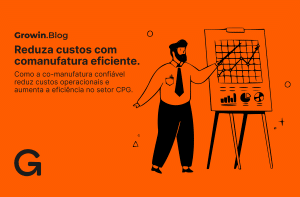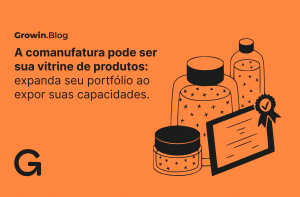In the CPG industry the ability to quickly bring new products to market is a critical determinant of success. Time-to-market (TTM) not only influences a product’s profitability but also its viability in a competitive landscape where consumer preferences shift rapidly and market windows are fleeting. For CPG brands, delays in product launches can lead to significant financial losses, missed opportunities, and diminished brand loyalty.
Research underscores the critical impact of TTM on business outcomes. According to a study by the Product Development and Management Association, products that meet their time-to-market goals are 1.5 times more profitable than those that don’t, and companies that consistently hit their TTM targets enjoy profit margins that are 40% higher on average than their slower competitors. These statistics highlight the direct correlation between swift product launches and financial performance.
Real-world examples further illustrate the stakes. A notable case is the launch of New Coke in 1985, which despite being a product development misstep, demonstrated Coca-Cola’s swift market response to consumer backlash, pulling the product and reintroducing Classic Coke within months. This quick turnaround mitigated potential long-term brand damage and customer loss. Conversely, Nokia’s delay in embracing smartphone technology in the late 2000s allowed competitors like Apple and Samsung to dominate the market, leading to significant losses in market share and relevance for Nokia.
Moreover, in today’s digital age, where trends can go viral overnight, the ability to capitalize on these swift changes can make or break a product’s success. For example, the rapid rise in consumer interest in health and wellness has seen companies that can quickly pivot or introduce relevant products (such as low-sugar or keto-friendly options) capture and sustain significant market interest.
Given these dynamics, mastering strategies to reduce time-to-market is more than an operational goal—it is a strategic imperative that can dictate a company’s competitive edge and market position. The following seven strategies provide a roadmap for CPG companies looking to enhance their market responsiveness and ensure their new products not only reach consumers quicker but also meet their evolving expectations more accurately.
Strategies to speed up time-to-market
1. Effective Communication and Collaboration:
To minimize delays and confusion, marketing teams must act as communication hubs, coordinating seamlessly across product development, operations, sales, and customer service. By ensuring efficient collaboration and goal alignment, they can reduce the friction caused by miscommunication and disjointed team efforts.
2. Streamlined Approval Processes:
Marketing’s partnership with legal and regulatory bodies is crucial for navigating compliance swiftly. This collaboration helps expedite the approval processes necessary for new products, mitigating delays often introduced by regulatory challenges.
3. Pre-Launch Marketing:
Building anticipation through an aggressive pre-launch marketing campaign can significantly shorten the time a new product takes to catch on in the market. Utilizing a mix of digital media, influencer partnerships, and traditional advertising strategies not only creates buzz but ensures there is demand upon the product’s arrival.
4. Efficient Supply Chain Management:
Optimizing the supply chain is crucial for ensuring timely product delivery. By fostering better communication and cooperation among suppliers, manufacturers, and logistics providers, marketing can help streamline the entire chain, preventing delays that stem from logistical mishaps.
5. Rapid Prototyping and Testing:
Early development of prototypes or minimum viable products (MVPs) allows for quick feedback from target consumers. This strategy helps refine the product based on real user data, reducing the need for extensive revisions and speeding up the product’s readiness for market.
6. Market Research and Validation:
Conducting detailed market research upfront can guide product development more effectively, ensuring the product meets the actual needs of consumers. This reduces the cycle time of development by focusing efforts only on features that address real market demands.
7. Agile Product Development:
Tight integration between marketing and product development teams ensures products are designed with consumer and market insights at the forefront. This approach reduces development time by prioritizing features that align with consumer expectations and market needs, thereby reducing the need for later adjustments.
Don’t delay and start now!
By employing these seven strategies, CPG companies can significantly improve their time-to-market, ensuring products not only reach consumers quicker but also meet their expectations more precisely. The faster a product hits the market, the quicker it can generate revenue and capture market share.
Discover how a digital co-manufacturing platform can transform your time-to-market strategies. Visit growinco.com to explore the cutting-edge solutions that streamline product development processes. Don’t let production delays hold you back—see how GrowinCo can help you optimize your processes and accelerate your product launches today. Join us in redefining efficiency and pushing your products to market faster than ever.




